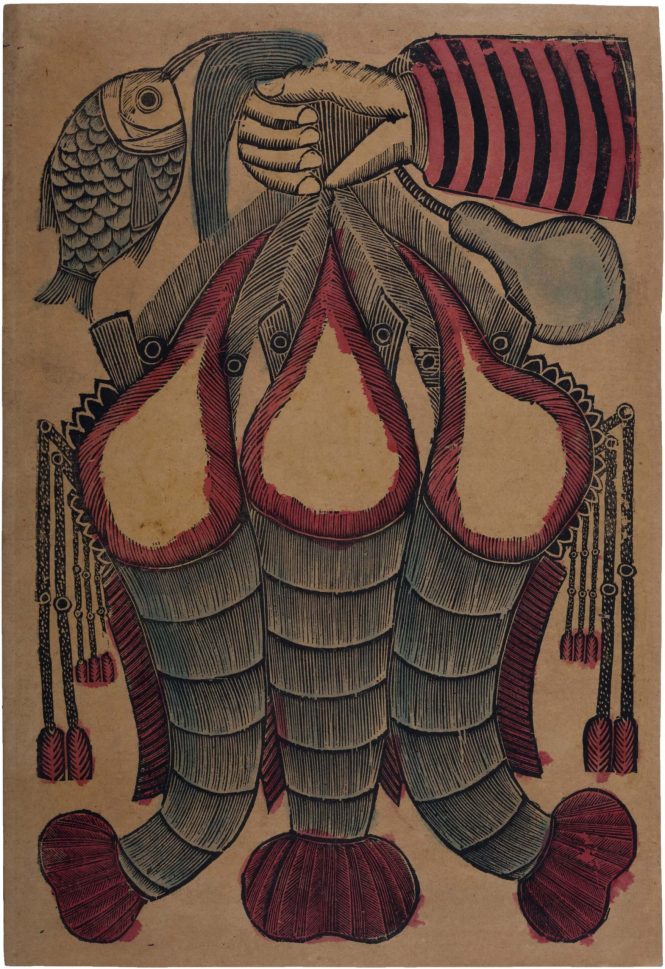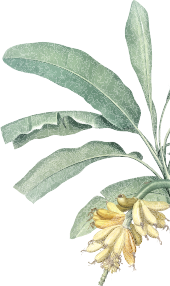
Shrimp: an ingredient in the centre of a melting pot of cultures
Although shrimp consumption is not as popular in India as fish, its mention can be observed in Tamil literature and in the Manasollasa written by King Someshvara III of the Western Chalukya Dynasty in 13th century AD (see bibliography). It is, therefore, safe to assume that shrimp consumption has a long and extensive history, particularly in South India. However, it is in Bengal that shrimp tells the tale of an ingredient caught in the centre of a melting pot of cultures. Probably already popular in consumption, shrimp became an English favourite early on. In the 19th century, Lt. Colonel James Skinner of the 1st Bengal Cavalry devised a shrimp recipe that was first served in the Army Regiment Mess. Ever since, shrimp curry or snacks are an indispensable item on the menu of countless Army Messes across the country. The shrimp also became a quintessential ingredient of jalfrezi (derived from the Bengali “jhal” meaning spicy and “phorezi” meaning suitable for a diet), a technique of cooking borrowed from the Chinese who began a settlement in Bengal around the same time. Shrimp probably has its own story in every part of the country. What remains consistent is its delicacy in every preparation like the South Indian prawn curry recipe below.





Share It Now...